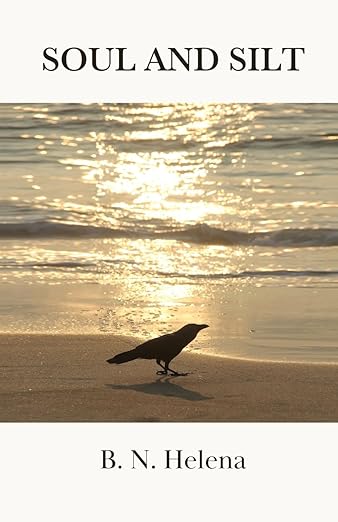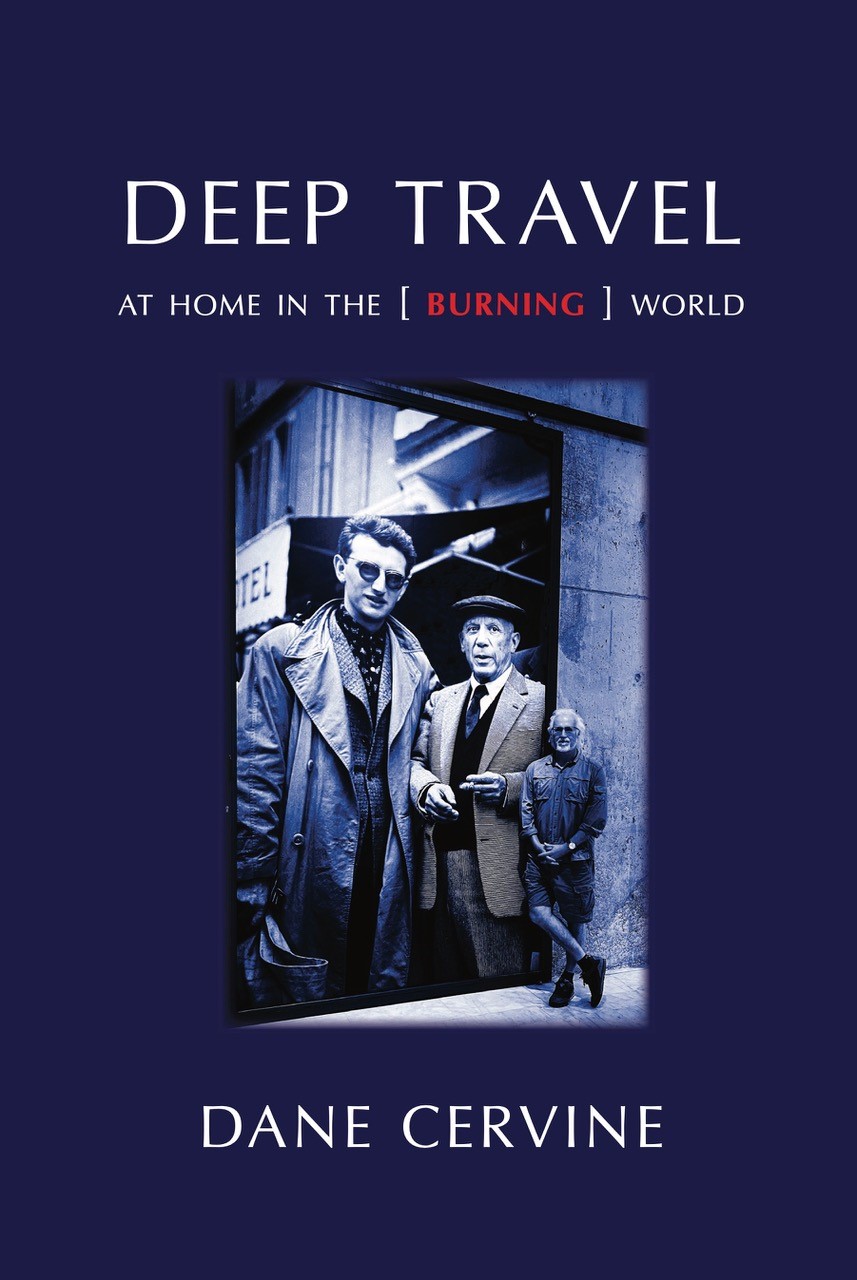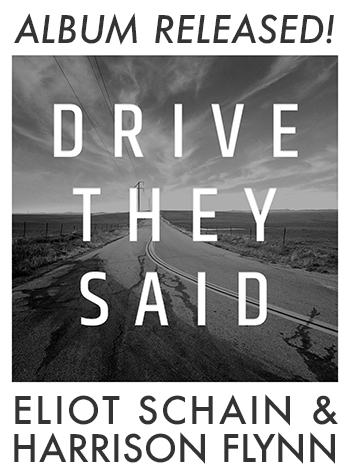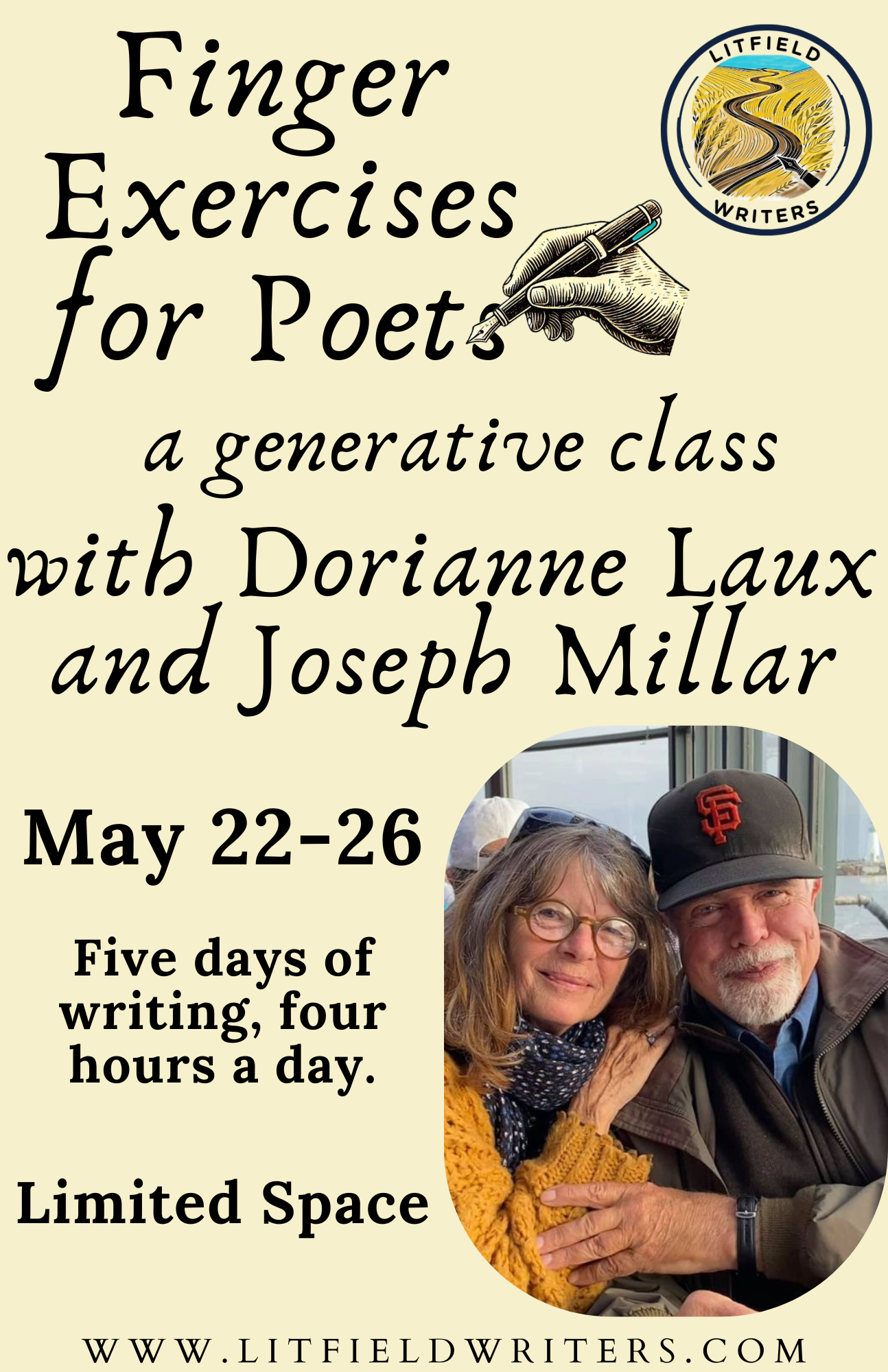
Writing About Money
a review by Richard Silberg
The Market Wonders, by Susan Briante, Ahsahta Press, 2016, Boise State University, Boise, Idaho, 112 pages, $18.00 paperback. Distributed by Small Press Distribution.
ECO-POETICS, REFERRING TO the growing body of work addressed to our fevered planet—as opposed to the perennial 'nature poetry'—is probably a twenty-first century term. But recently I've been noting another kind of eco-poetry, writing that chews over, not the ecology but the economy. Sarah Vap's Viability, selected by Mary Jo Bang for the National Poetry Series, is such a book. So, in a very different key, sparkling, post-Marxist, is Joshua Clover's new Red Epic. In fact, the other two 2015 poetry books from Commune Editions, Juliana Spahr's That Winter the Wolf Came and Jasper Bernes's We Are Nothing and So Can You, could also be included in our alternate eco-poetics, with Juliana Spahr's strong book swinging both ways. But in this money/corporate/commodity vein the richest (let's intend the pun) new book I've seen is Susan Briante's The Market Wonders.
What draws me to this collection in particular is the totality and at the same time the immediacy of its commitment, the way Briante manages to be usefully tender-minded, personal, often mystical about this essentially hardheaded, transpersonal subject. Here's how she begins her opening section, "Towards a Poetics of the Dow":
Every day has a number attached to it. Great additions, subtractions. This is not
just an aesthetic problem (see Ashbery). There is a "natural impulse toward the
boundedness of closure." The bell rings, trading stops. But the world is "unfin-
ished" (Hejinian). Both the rivers and their banks are moving. The poem remains
incomplete. The trading day long over.I do not believe if I follow the Dow I will find nirvana, but I often check the numbers, sit for meditation.
A little farther on she continues:
and, bottom of the next page:Ravenous as a black walnut tree, roots sucking at the sewer line, the Dow touches
everything: the taste of our water, color of our sky, torque of our engines. It is
February 10, 10:15 in the morning, the Dow at 12203 is rising. The poet—like the
trash tree—uses all of it.(page 4)
Charles Olson writes: "no event/is not penetrated, in intersection or collision
with, with an eternal/event."To which I offer this corollary: no event is not penetrated, in intersection or col-
ision with the stock market.I wish more poets would write about money.
That's a quintessence of how she sets up her project, beginning on that meta-level with references to and quotes from poets she respects. And then she plunges into a book-length poem, centered in her poet's self but, as I've sketched at above, omni-directional and climbing all its levels, from the tree in her backyard to angelic voices, mourning doves, earth beneath her feet, her husband and daughter, to whom she dedicates the book, and much, it feels like virtually everything, else. Her voice is open and easy, cogent but unforced.
There are three chronological sections, moving not day-by-day but forward in time through the indicated months, with each given day dated and accompanied by its quote from the Dow. In her notes at book's end, she refers to each dated day's writing as a poem. Underneath each page of poetry is a subsection, like the flow of a ticker tape, but what's written there isn't numbers from the NASDAQ but more writing, tending to the religious, to numerology, to parables. For an almost random taste of this, "October 14—The Dow Closes Up 10015," a few pages into the first of these dated sections:
I bleed a little, peyote tea waits in the refrigerator,
a Ferris Wheel spins and spins at the fair,
after the miscarriage we search
for rings with missing stones, unmatched earrings,
sell our gold, ride the Ferris Wheel bigger
than the one in Paris,
my parents pray for us, I play Dylan's "Spanish Boots"
over and over, watch a sunroof fill with night,
like seeing a film of people I recognize
but don't really know,
Schuyler says you can't get at sunset
listing colors, between the liars' trees and shopping carts
we buy a house, cry in bed, leave
the child unnamed
pink lemon pearly blue white
(page 15)
Part of the subsection underneath, running across from page 14 to page 15 in a different font: "…for the prophets to measure is to signify and separate (we diversify, we financial officer) as in the story of the Samurai who falsely accuses his servant Okiku of stealing 1 of his 10 delft plates, his words spreadsheet, she inventories…"
These three chronological sections make up about thirty pages of the whole. The miscarriage referred to in the above poem has been succeeded in the second section by a baby moving inside her who has been born and become her daughter Gianna tugging at her pant leg in the third. The rest of the book is made up of a number of other sections, each taking a somewhat different approach to her eco-poetic project. There are two single pages titled "Meditation," free-floating, non-narrative, the first preceding, the second following two sections with the quirky, suggestive title of "The Market is a Parasite that Looks like a Nest." In these sections the market is spelled with a capital 'M' and personified—I'm picking the following quotation in part because it contains the title of her book:
The Market wonders where the soul goes,
decides that God must be a cripple to make the rest of us
feel whole, remembers a trip to Mexico
when he was just out of college.
O the beggars in clown paint! O the girl he never wrote!
Jacaranda, jacaranda, jacaranda
Cheap purple leaves dirtying the sidewalks.
A street named for revolution.
A street named for insurgents.
A street named for reform.
Nights when the church bells rose to Aztec temples
Like the soul?
At the hostel, she told him
a body must train to hold the light of the spirit.
They fucked listening to the Rolling Stones, burning candles.
God, the Market loved Mexico and the Rolling Stones.
(page 30)
She hints at her 'message' behind this personification in a footnote (not a running subsection) on page 32:
Can youimaginesmell the Market picking uphisyour daughterfrom schoolin its teeth dragging parts of her body across aplaygroundlandscape touching everything he it touches as if were a screen? See how reflective the glass, how he is an it is a we.
This market, as I'm understanding Briante then, which is both a kind of heart and a kind of brain of capitalism, both a "nest" for our investments and a "parasite" that sucks at our souls with its dollar signs, is also 'us', all the individual people putting their money in and taking their money out of it. Or, as she says at the bottom of the next page:
the Market worries he is nothing
but a pile of stones when he feels so much
inside of him slipping in and out of place
and is somehow expected to speak
from one throat.
There are two more main sections in The Market Wonders; the first, only six pages but divided among four subtitles, is called "The Lesson of the Nest"—I'll leave that title to expand on its own horizon. The first four short verse paragraphs I'm about to quote comment on their own subtitle, "The Market as Composition":
On February 10, 10:04 in the morning, the Dow falls to 12194. Who swims? Who
rafts or islands? Rivers rise like the Southern Pacific Railroad Company. Charac-
ters ticker between us; characters leaf. Both the river and its banks are movingpast a grove of southern trees. Mimosa, magnolia, osage orange. Our indexing
makes trails through a forest of mind. Hot linked, jumpy. On the day William
Carlos Williams dies the Dow closed up 667. Branchesscrawl across a winter sky. Black branch, yellow leaf. Sequined with dif-
ference. At the moment of enlightenment, when the Buddha touched his finger
to the ground, all the leaves fell off the Bodhi tree. Religionhas the touch of a bird through grass. Wood duck, gadwall, northern pintail. On
the day Robert Creeley died the Dow closed up 10540. The Dow closed down
1130 on the day Prince released Purple Rain.
Those verse paragraphs, as, for instance, in the sentence about river and banks, repeat or paraphrase certain lines from the book's opening section "Towards a Poetics of the Dow."
Now here is the ending of "The Lesson of the Nest," very casually subtitled "Addendum," which contains, I think, some of the most powerful writing in this fertile book:
After my daughter stops nursing, my body continues to make milk and this
spawns tender fantasies or wretched comparisons as in the last scene from The
Grapes of Wrath when corporate farmers let peaches spoil on the branch while a
young mother nurses a starving old man after her stillbirth.Things rot. Markets make no exceptions. How many poems should I make this
morning? My grandmother was a wet nurse.While the mourning doves coo, I am reading Marx: capitalist, bourgeoisie, proletariat, aristocracy, millocracy, moneyocracy.
After the fall of the Soviet Union, the Cuban engineer told me water was shut off
for hours each afternoon. Power outages lasted for days. Neighbors gathered at
battery-operated radios, networks knit around scarcity and excess. Who were
those other children who nursed where my father did?For weeks after weaning, my breasts sting. I spend the day poem counting. One
book gets you a job, two get you tenure. The poem machine turns factory.The mourning doves aren't talking like it is 30 years ago, aren't talking like a fam-
ily could live on one income.When I was a child, the engineer told me, the revolution was the most beauti-
ful thing. La cosa más bella. Then the engineer went hungry. Some critics claim
Steinbeck's dying old man is capitalism is communism is our twentieth century
Pietà.Lack something long enough, and a market springs up like a peach tree strain-
ing toward the sun. Even the mourning doves know this—the lesson of the nest
is improvisation.(pages 81-82)
I'm not sure whether the Cuban engineer mentioned above and her father are the same person, but it's interesting on a personal level to know that Briante is the daughter of a Cuban immigrant. Of keener interest in the eloquence of "Addendum" is the commodification of poetry, the 'networks knitting around scarcity and excess', and above all that image of the dying old man, symbolizing the pervasive sense of sickness and failure in capitalism and communism, equally, as twin or mirror systems, that spurs, gives birth to the wider eco-poetic genre I'm driving at here.
Briante's "reading Marx," quoted above morphs into the title of her book's last section, "Mother is Marxist," running some twenty-five pages and tracing, along with much else, their family's purchase first of a two-bedroom house in Dallas "on a busy street on the fringes of a 'good' neighborhood" (page 88) and then their step up to a "2–2 house in a 'good neighborhood' with a neighborhood association" in Tucson (page 105). This final section is the starkest, the most factual—and conversely the least poetic—in the book. I say this last not as criticism, really, but as description. It's the judgment section, wielding that Marxist implement the hammer:
Often the day after hearing gunfire from my bedroom of our two-bedroom house
on a busy street on the fringes of a "good" neighborhood in Dallas, I would scan
the Internet looking for some piece of news to link to the sounds. I never found
mention of a shootout or injury or killing.The gunshots existed as fragments in a storyline that seemed to have no relation
to me, a non sequitur, a piece of conversation overheard in a language in which
I had no fluency.But those metaphors are wrong.
My legislative representative cannot or will not pass gun control policy, my tax
dollars support the purchase of surplus military equipment by police. The white
imaginary criminalizes non-white bodies.(page 94)
She documents police killings of unarmed people of color, types and numbers of pieces of equipment gifted to police departments by the Department of Homeland Security; she goes back into U.S. history and talks through child labor, pay and hours of work. And she says this:
Mothers attempt to erase the integers, to move decimals, to point out discrepan-
cies in the ledger, disrupt the protocols of exchange.When the mothers of the victims of police violence march on Washington, DC,
when mothers in Central America set their children like paper lanterns
on a breeze,
when warehouses of children wait at our border,
Mother is Marxist, exposing as false and pernicious the mystification of capitalist
instantiations of value, promiscuous relations of value and their violence.Mother is not a biological or relational subject position, but can be an attitude of
resistance before the market.(page 98)
The last few pages of the book move their family into the better house in the "good" neighborhood in Tucson, giving them access to a better school:
Underfunded public schools show their cinder block, reveal their district paint
purchased from the lowest bidder, can't hide their too many desks, their too tired,
their underpaid.You see it in their lunch trays.
Private schools flaunt their walls of windows, famous architect library, flagstone
pathways, full-time counselor.In such places children learn to read their market value.
(page 99)
On the next page she jumps back down the 'worth' scale to say:
A police officer flaunts his gun and in the amount of time your child is afforded
to pull their hand from their pocketyou can learn their market value.
She ends her collection with this vision:
If we traveled far enough, we could find 1000 children waiting on the border,
they were walking toward us.
The Market Wonders is an important book, less for its conclusion—which grows necessarily out of Briante's family's experience as young parents and householders, vivid life truths, but more polemic than poetry—than for the mystic conception of the whole. Reading it I felt a shock of the new. She's a warm, generous poet, full of daring and truth and surmise, and I feel she's opening rich territory that many other poets can—have already begun to—explore.
Further, these two eco-poetries border each other, feed each other. Money is fungible desire; technology is the material elaboration of desire; the market measures and charts and distributes desire. And what is it but desire that's acidifying the oceans, heating our climate, belching smoke into our skies? ![]()
Richard Silberg's ten-week "The Dialogue of Poetry Workshop" begins at Poetry Flash, Berkeley, California, October 26, 2016. Email info@poetryflash.org or see poetryflash.org/programs/?p=workshop for details.
Richard Silberg is the associate editor of Poetry Flash. His most recent books are The Horses: New & Selected Poems and Deconstruction of the Blues. He received the Northern California Book Award in Translation for his co-translation of Korean poet Ko Un's The Three Way Tavern, with Clare You. Their most recent co-translations are Ko Un's This Side of Time and I Must Be the Wind, poems by Moon Chung-Hee.
— posted November 2016




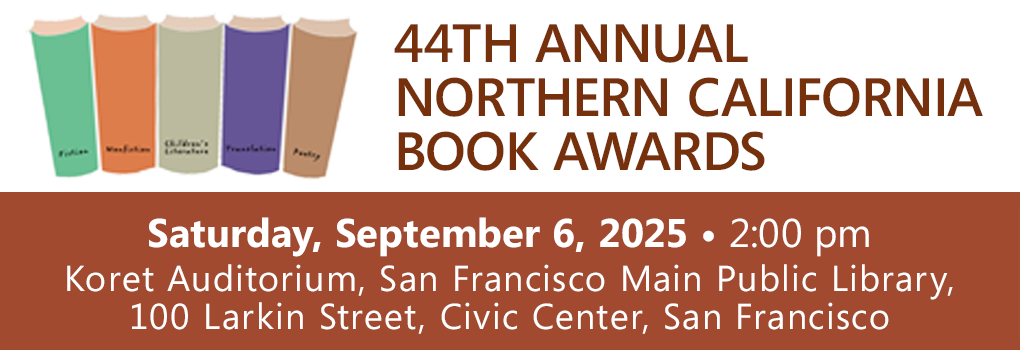



































 So Far So Good: Final Poems, 2014-2018
So Far So Good: Final Poems, 2014-2018  Abandoned Poems
Abandoned Poems 















 Mississippi
Mississippi 



















































